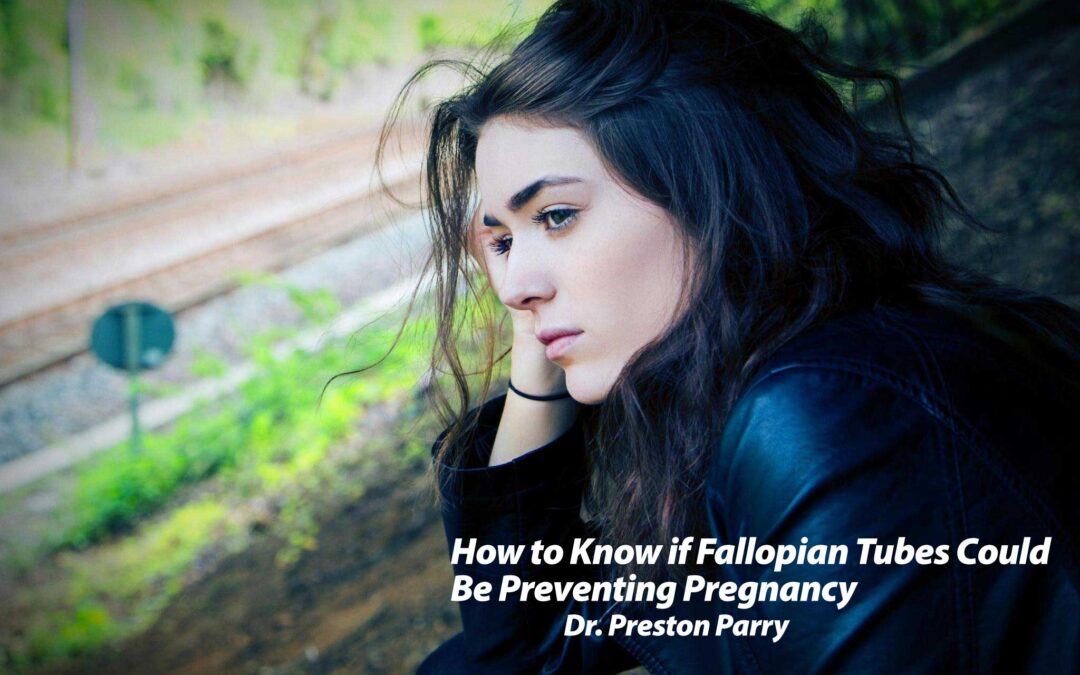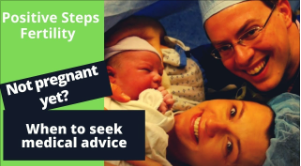Diagnosing infertility, in males or females, depends on identifying the source of the problem. If you’re unsure of what it is, it’s impossible to remedy. You have to have the proper testing before you decide on the right treatment.
Effective infertility testing starts with understanding the right answers to questions like:
- Are there sperm?
- What is the quantity and quality of eggs?
- Are the fallopian tubes open?
- Is there a receptive place for the embryo in the uterus?
Today we will focus on the third question, “are the fallopian tubes open?”
How do blocked Fallopian Tubes affect pregnancy?
Fallopian tubes are the tubal structures that connect a woman’s ovaries to her uterus. Fully functional fallopian tubes are extremely important to a woman’s ability to become pregnant and are where sperm and eggs initially meet before an embryo later travels to attach to the uterus.
Blocked fallopian tubes are one of the top reasons why women who want to get pregnant, can’t. You can have intercourse, take oral medication, put sperm in the uterus, but if your tubes are blocked, it is much less likely that you will become pregnant.
Doctors have many tests for identifying fallopian tube blockage or damage, but each test is unique both in its approach and what it reveals about a woman’s fertility. Let’s take a look at some of these tests.
What is HSG (hysterosalpingography)?
Traditionally, fallopian tubes have been tested by a procedure called hysterosalpingography (HSG), an approach which was developed in 1911 and which hasn’t evolved much since. In fact, many women and medical professionals say that HSG is the most painful test in gynecology.
HSG uses X-ray dyes intended to determine the outline of the fallopian tubes. But that can be fairly uncomfortable. While an HSG can get answers for some women, the pain, which can manifest in tubal spasms, causes many women to pass out or have allergic reactions. Regardless, HSG will often get an answer as to whether a tube is open or closed.
However, if there is high pressure and pain, that can lead to spasm which might falsely indicate that the fallopian tubes are closed when they’re open, or it could blow open the tube. In this instance, sperm could be swimming toward a closed tube that was thought to be open.
What is a Sion Test (or Sonosalpingography)?
An alternative to HSG for looking at the tubes is sonosalpingography, also known as a Sion test.
In this procedure, air-infused saline is used instead of dyes. Also, it can often be administered in an office setting instead of in a radiology lab. The challenge with Sion tests is that they often hurt just as much as HSG, since a uterine catheter is implemented.
Many doctors claim that their method of HSG or Sion Tests isn’t painful. But many female patients would suggest this is not true. In our own research, we found that 32% of women complained that HSG resulted in extreme discomfort.
Another drawback of Sion tests is that sometimes the procedure is only able to outline one side of the fallopian tubes. Additionally, many doctors just don’t know how to do a sonosalpingography well, as it can take a few hundred procedures to be proficient with this procedure.
Testing for Chlamydia
Another test that can be administered is chlamydia antibiotic testing. Essentially, a screening of the patient’s blood is given to determine whether or not the patient has been exposed to chlamydia. In fact, chlamydia is the number one reason that women might have tubal damage and not know about it.
For other conditions like endometriosis or ruptured appendicitis, people know that they’ve had this condition because they have chronic pelvic pain or have ruptured their appendix. Chlamydia is often a much more silent infection.
The issue with chlamydia testing is that the screening can’t directly tell you whether the tubes are open, just whether or not you have the infection. In other words, this method only tells you whether there’s a risk for fallopian tube damage
What is a Laparoscopy?
Laparoscopy is the gold standard of diagnosing fallopian tube blockage and damage. This procedure involves inserting a long instrument (called a laparoscope) equipped with a fiber-optic camera into the abdominal wall in order to assess issues with a woman’s reproductive system (among other medical conditions). Since a laparoscopy requires a small incision and is typically minimally invasive, it is considered ideal for many women seeking assistance with fertility.
What’s not ideal, though, is the $10,000 price tag associated with a laparoscopy, the $2,000 deductible, the use of anesthesia, and the week of recovery needed for many people. Usually laparoscopies are only employed if the doctor sees something specific and imaging is needed.
A Breakthrough in Diagnosing Female Infertility
At Positive Steps, we often use the Parryscope technique, which is a blend of ultrasound with office hysteroscopy. A hysteroscopy is a procedure that uses a telescope and camera to examine the inside of the uterus.
The procedure uses a narrow, flexible fiber-optic camera, saline, and air to determine if the saline and air bubbles can enter the fallopian tubes and if the uterus is receptive to pregnancy. Air bubbles are added while looking inside the uterus, which allows us to more accurately detect whether the fallopian tubes are open or closed. Dye isn’t used at all.
An article published in 2017 showed that 91% of women undergoing Parryscope have mild to no discomfort, as opposed to 32% undergoing the HSG test reported extreme discomfort. Even better, the Parryscope method can also reveal a lot about inner uterine disease that other methods could miss.
Testing fallopian tubes can be done more gently, and our own data shows this method is much more gentle than an HSG.
Finding the Right Approach for Diagnosing Blockage or Disease in the Fallopian Tubes
As always, every woman’s treatment is subject to her circumstances. For example, if you have a very closed cervix, have stage four endometriosis, chronic pelvic pain, or other underlying medical conditions, standard approaches could be insufficient.
Problems getting pregnant can occur due to various factors. Assessing your fallopian tubes is only one potential cause that could be preventing you from getting pregnant. It is critical to find the treatment plan that is right for you. Getting advice from a fertility specialist is your best path forward.
My advice: Don’t go through it alone, and don’t be afraid to seek a consultation today.
Fertility is hard, but don’t destroy a relationship in the process of trying to expand it. Get answers. Get support. Get peace. And find the right path for you.




